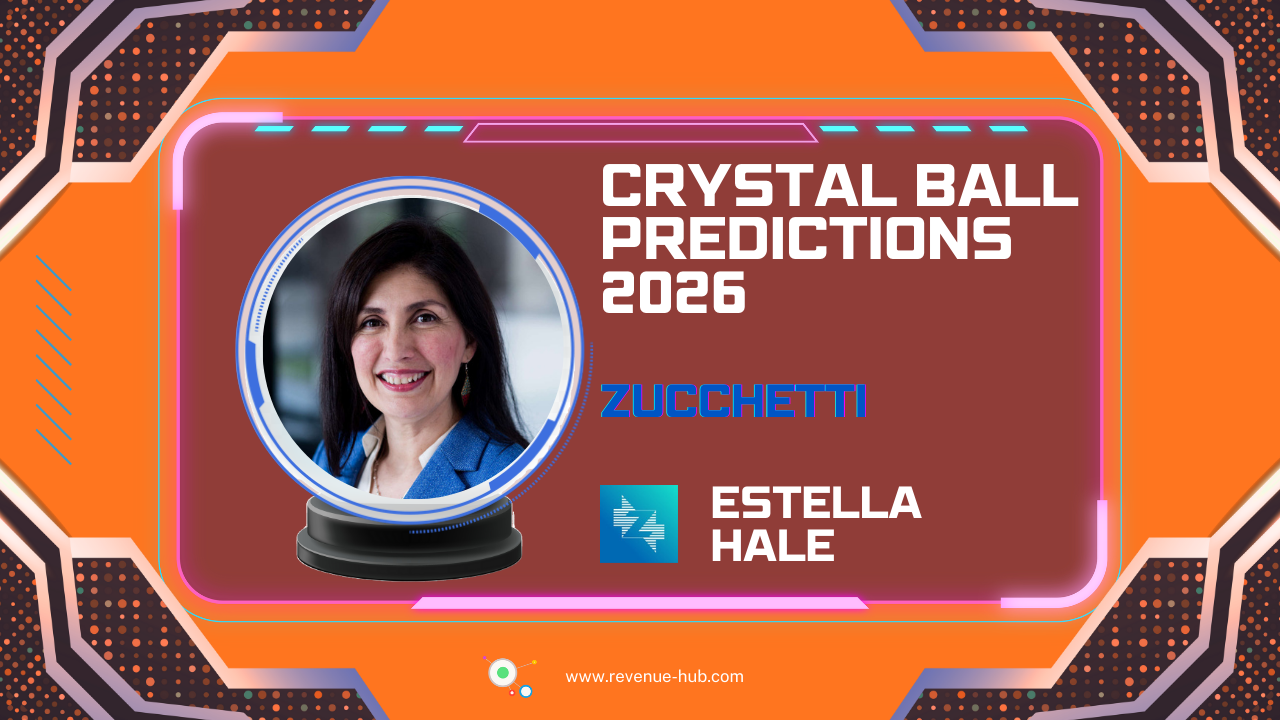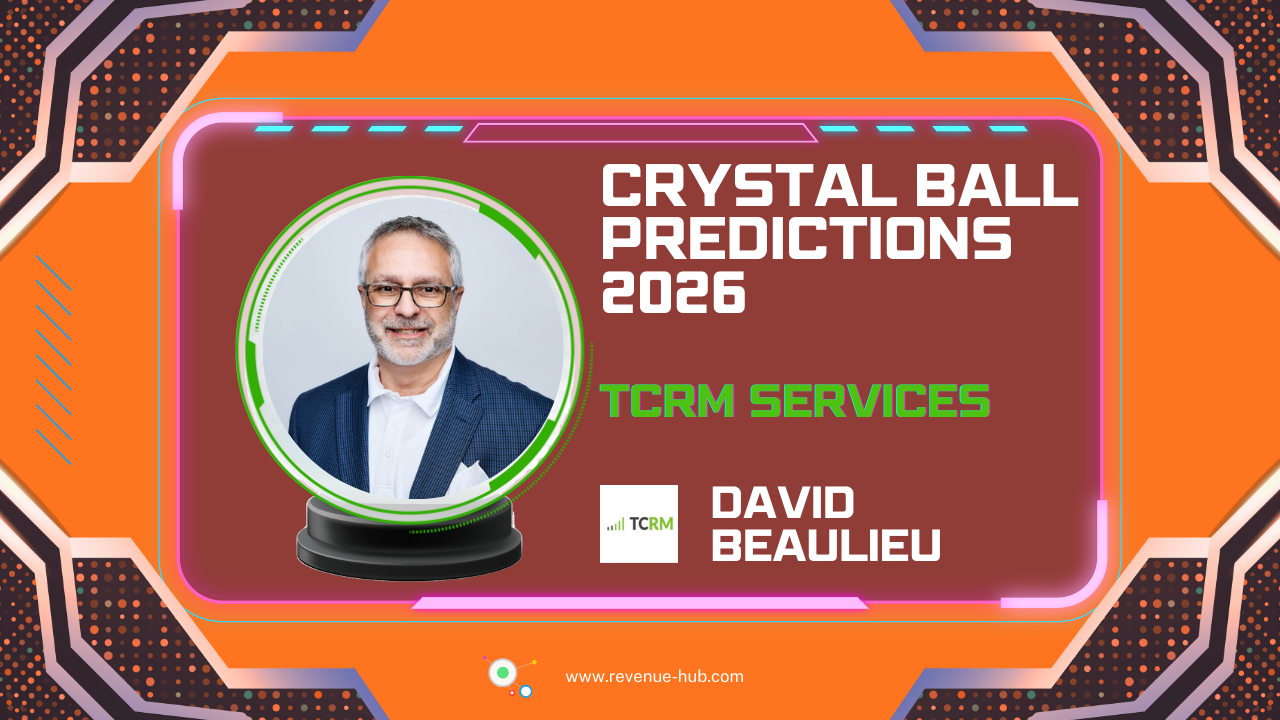
If your hotel website isn’t actively converting visitors into paying guests, you’re leaving money on the table.
NB: This is an article from Travelboom
Subscribe to our weekly newsletter and stay up to date
In 2025, with guests more digitally savvy than ever, a hotel website that increases conversions is non-negotiable. It’s the cornerstone of your direct booking strategy – and your best weapon in the fight against OTA dependency.
In this blog, we’ll break down what makes a hotel website a conversion machine, share the top features your site must include, and give you a future-ready checklist to increase direct hotel bookings.
Why Hotel Website Strategy Matters in 2025
With OTA commissions averaging 16%, every direct booking you earn is a win for your bottom line. But it’s not just about cost savings – guests who book direct are more loyal, more satisfied, and easier to upsell.
Here’s why 2025 is the year to go all-in on your hotel website:
- Mobile bookings are expected to make up over 70% of all reservations.
- Guests crave personalization and speed.
- SEO and ADA compliance are no longer optional.
- Your website is often the first interaction a guest has with your brand – make it count.
- For deeper insight into traveler behaviors, explore our 2025 Leisure Travel Trends Study which reveals how personalization, value, and online experience shape modern booking decisions.
10 Proven Tactics to Increase Conversions With Your Hotel Website
- Mobile-First Design – Design for smartphones first. With mobile usage dominating, your site must load fast, scroll smooth, and make booking seamless on smaller screens.
- Streamlined Booking Engine – Use an intuitive, easy-to-navigate booking engine. Fewer steps mean fewer drop-offs. Integrate smart calendar views, rate comparisons, and promo codes.
- Clear, Compelling CTAs – Every page should guide visitors to a next step. Use action-driven language like “Book Your Escape” or “Check Availability Now.”
- Personalization Features – Show returning visitors recently viewed rooms or offer personalized packages. Dynamic content can boost conversions by up to 20%. This aligns with the TravelBoom Leisure Travel Trends study, which found that 64% of travelers are more likely to book when offers are personalized.
- Fast Load Times – According to Google, 53% of mobile users abandon a site that takes more than 3 seconds to load. Optimize images and leverage lazy loading.




